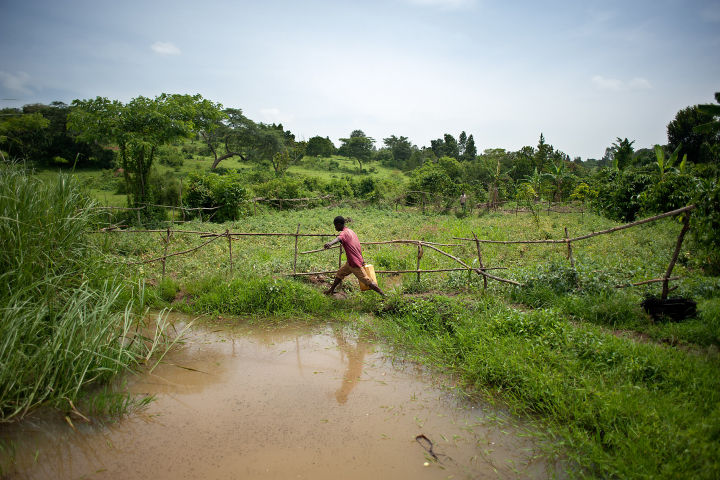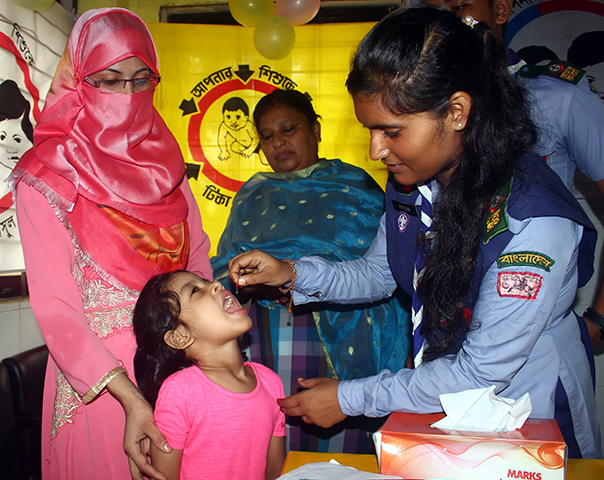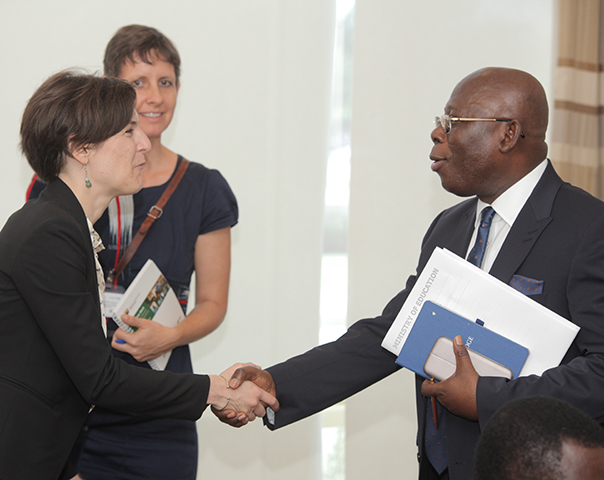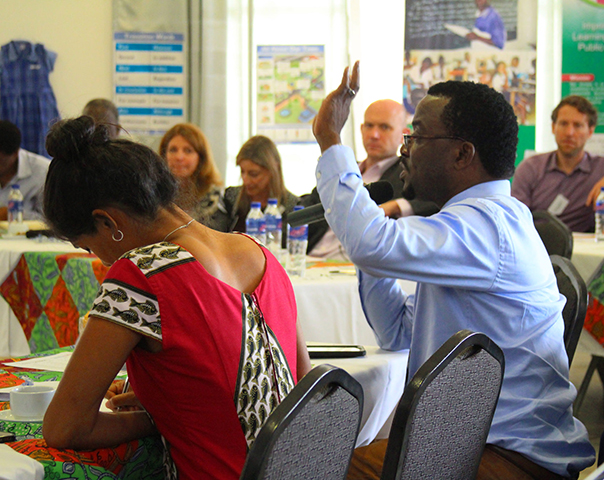The Secret to Successful Partnerships Between Academics and Field Research Teams
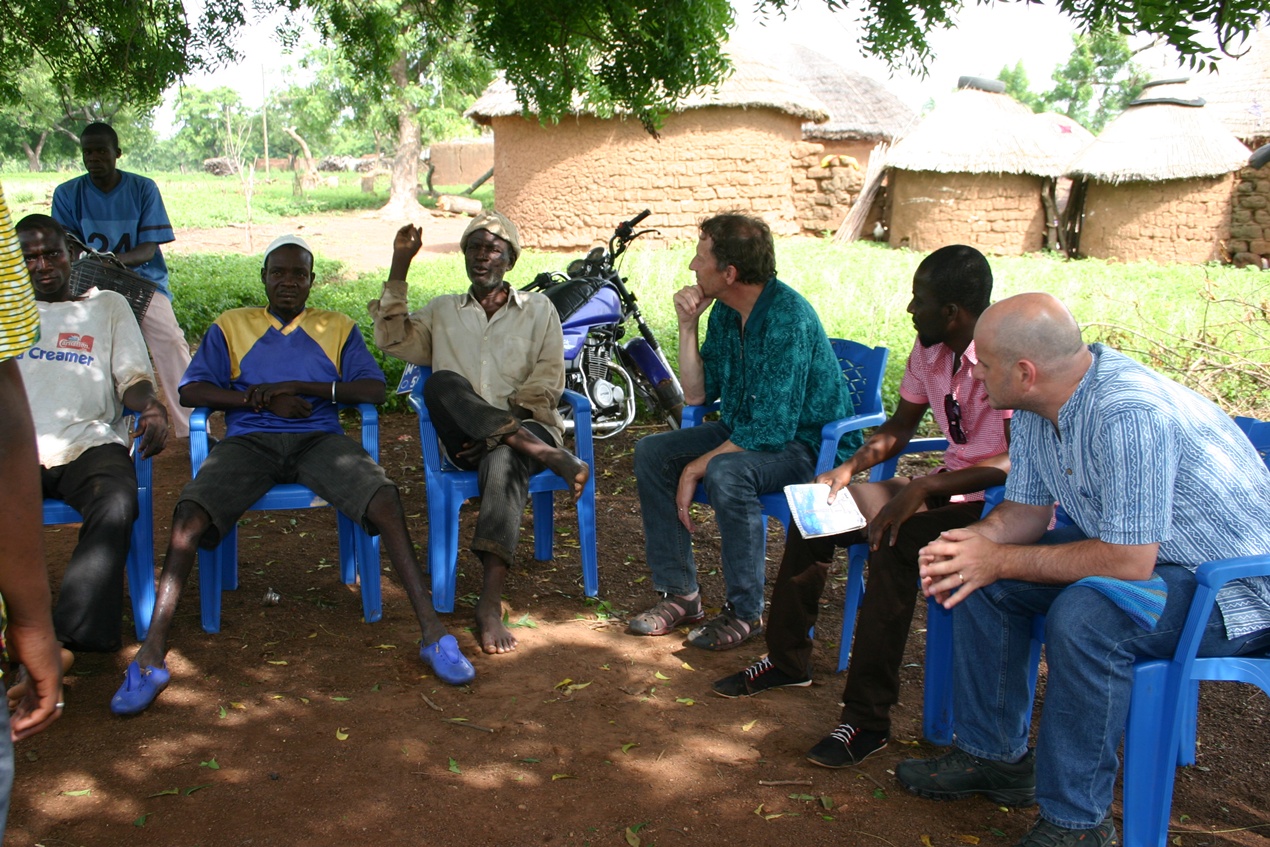
Behind every great field study is more than a clever idea and strong design—it’s a well-functioning partnership. The secret to these partnerships? Alignment on six domains that we spell out below. When researchers and field teams work well together on these six areas, they can push the frontier of knowledge with high quality data and generate policy-relevant insights that can improve lives. But when expectations go unspoken, even well-intentioned collaborations can stall.
At Innovations for Poverty Action (IPA), we’ve learned that success depends not just on individual brilliance, but on shared principles. That’s why we created a short, practical tool—the IPA Working Principles—to help align academics and field teams from day one. That way the researcher knows what to expect of the field team and the field team knows what to expect of the researcher.
What Goes Wrong (Even With Shared Goals)
Academic researchers bring rigor, theoretical insight, and independence. IPA contributes to managing field teams, navigating local systems, ensuring ethical standards, and handling complex grants across donors and countries.
When these strengths aren’t coordinated, projects can suffer. Common issues include:
- Last-minute scope changes that overwhelm field teams
- Misaligned incentives between publication and implementation
- Delayed communication about budget, staffing, or donor reporting
- Confusion over how staff are managed or credited
Most of these problems aren’t about values—they’re about unspoken assumptions. That’s why early alignment matters.
The Working Principles: A Tool for Starting Right
The IPA Working Principles draw on 20 years of collaboration with researchers. They lay out what each side commits to—field teams and PIs—and surface questions that should be discussed before a project begins. Use them not as a form or contract to sign, but as a framework to talk through what a successful project looks like from both perspectives. The document covers six core domains:
- Project development: How are budgets built and how do we make sure nobody is surprised later on by an activity being underfunded?
- Research quality: How are timelines, protocols, and data standards aligned? How will we handle late, unplanned needs to change surveys or protocols?
- Grants and financial management: What are donor expectations? Who owns what? How often and how granular are the financial reports that PIs see?
- Staffing: How is feedback given and who provides mentorship and oversight? Are authorship and attribution decision rules explicit at the outset? How is work-life balance maintained across time zones?
- Ethics and compliance: What local laws that international PIs may be unaware of are likely to affect this project? Have we built in enough time and flexibility to accommodate local IRB?
- Engagement with implementers and policy partners: What approvals are needed before we publicly release information? Who plays what role in dissemination and visibility events?
Make It a Kickoff Agenda
The best time to use the document is before your team hits the field. Walk through it at the kickoff meeting. Clarify roles, discuss potential stress points, and revisit the document when circumstances change. We’ve found this conversation helps:
- Avoid mid-project confusion
- Strengthen staff morale and retention
- Build long-term trust between institutions
- Translate findings more effectively into policy
A Simple Step with Lasting Impact
You can read the full Working Principles here. If you’re about to launch a new partnership—or want to improve one already underway—start by aligning on how you’ll work together.
Field research is hard. Doing it with clarity and respect makes it not just more effective, but more rewarding for everyone involved.




